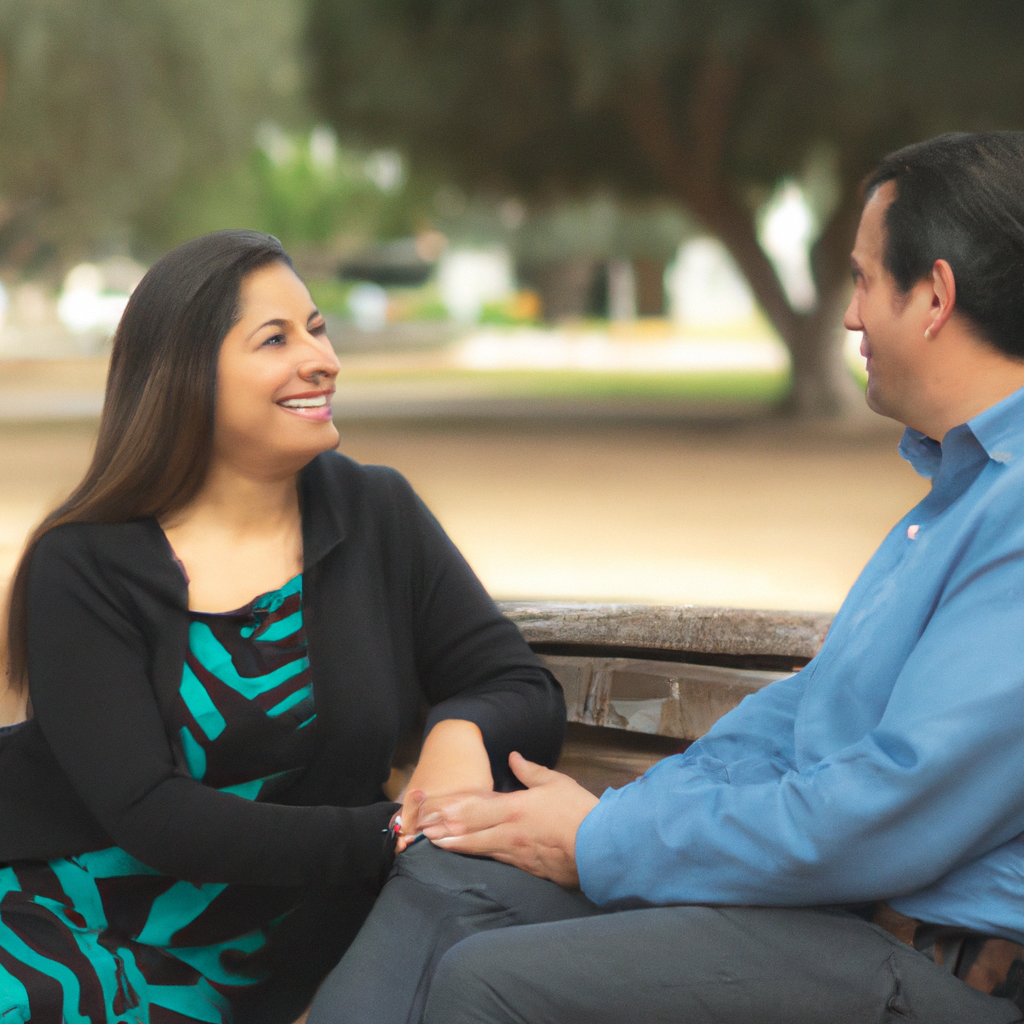
The Love Languages: A Guide to Understanding Your Partner
Relationships are an essential part of our lives. Whether you are single or married, you must have experienced the joys and challenges that come with being in a relationship. However, have you ever felt like you and your partner speak different languages? You might be expressing love in a way that your partner does not understand, and vice versa. This is where the concept of love languages comes into play. In this article, we will explore the five love languages and how understanding them can improve your relationship with your partner.
What are Love Languages?
Love languages are the different ways people express and receive love. Each person has a primary love language, which is how they prefer to receive love from their partners. These love languages were first introduced by Dr. Gary Chapman, a renowned marriage counselor, in his book “The Five Love Languages: The Secret to Love That Lasts.” The five love languages are:
Words of Affirmation: This love language involves expressing love through words of appreciation, encouragement, and praise. People who speak this language feel loved when their partners use kind and loving words to affirm them.
Acts of Service: This love language involves showing love through actions that make your partner’s life easier. People who speak this language feel loved when their partners do things like cooking, cleaning, or running errands for them.
Receiving Gifts: This love language involves expressing love through thoughtful gifts. People who speak this language feel loved when their partners give them meaningful gifts that show they were thinking of them.
Quality Time: This love language involves expressing love through spending time together. People who speak this language feel loved when their partners give them their undivided attention and engage in activities they enjoy.
Physical Touch: This love language involves expressing love through physical touch. People who speak this language feel loved when their partners give them hugs, kisses, and other forms of physical affection.
Now that we have an understanding of the different love languages, let us look at how we can identify our primary love language and that of our partners.
Identifying Your Love Language
The first step in understanding your love language is to identify it. You can do this by reflecting on what makes you feel loved and appreciated in a relationship. Ask yourself questions like:
- What do I appreciate most about my partner?
- What actions or words from my partner make me feel most loved?
- How do I express love to my partner?
By answering these questions, you can identify your primary love language. You can also take the love language quiz on Dr. Chapman’s website to get a better understanding of your love language.
Once you have identified your love language, you can communicate it to your partner. This will help them understand how to express their love to you in a way that you understand and appreciate.
Understanding Your Partner’s Love Language
Now that you understand your love language, it is essential to understand your partner’s love language. You can do this by observing how they express love to you and by asking them questions about what makes them feel loved.
If your partner’s love language is different from yours, do not worry. Understanding your partner’s love language can help you express love to them in a way that they understand and appreciate. For example, if your partner’s love language is acts of service, doing things like cooking them a meal or helping them with errands can make them feel loved.
Applying Love Languages in Your Relationship
Understanding your love language and that of your partner is just the first step. Applying this knowledge in your relationship is what will make a difference. Here are some tips for applying love languages in your relationship:
Speak your partner’s love language: Once you understand your partner’s love language, make an effort to express love to them in that way. This will help them feel loved and appreciated.
Learn from your partner: If your partner’s love language is different from yours, take the time to learn from them. This will help you understand and appreciate their way of expressing love.
Be consistent: Expressing love in your partner’s love language should not be a one-time thing. Make an effort to consistently show love in the way that they appreciate.
Communicate: Communication is key in any relationship. Communicate with your partner about your love languages and how you can both work to express love in a way that you both understand.
Conclusion
In conclusion, understanding your partner’s love language is essential in any relationship. It helps you express love in a way that your partner understands and appreciates. By identifying your primary love language and that of your partner, you can apply this knowledge in your relationship and improve your connection. Love languages are not just for romantic relationships but can also be applied in friendships, family relationships, and any other relationship that involves expressing love.



